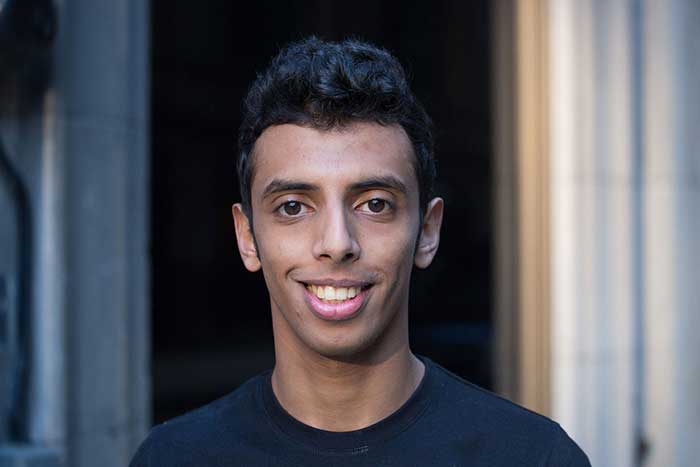15 amazing things since the idea of Wikipedia was launched to the world on January 15, 2001.
January 15 is known to Wikipedians as Wikipedia day. Before 2001, an encyclopedia could cost thousands of dollars, trees, water and ink, and let’s face it, was really really hard to carry around. Today we can reach millions of referenced articles, photos, illustrations, sources, and word definitions from anywhere we can reach the internet. And the volunteers who have been creating this amazing work for 15 years don’t charge anything for it. They want to share all knowledge with every person. Many of us have this opportunity right in our pockets.
 Photo by Carrigg Photography, CC BY-SA 3.0
Photo by Carrigg Photography, CC BY-SA 3.0
Millions of people have gathered all this knowledge by working together from everywhere around the world.
Ward Cunningham designed the wiki, the first internet platform that allowed many people to work on a document at the same time. He named it ‘wiki,’ a Hawaiian word that means ‘quick.’ (There is even a wiki-wiki shuttle in Honolulu.)

You know the encyclopedia, but there’s so much more.
Did you also know there’s a free dictionary, free textbooks, quotes, learning tools, a travel guide, and more?
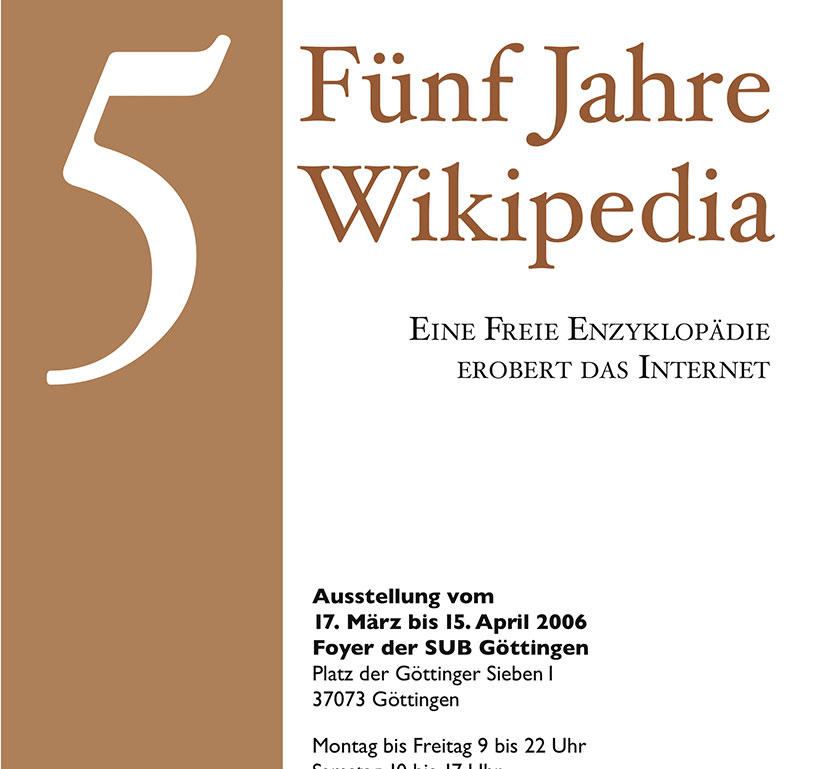 Image by Elisabeth Bauer, CC BY-SA 3.0
Image by Elisabeth Bauer, CC BY-SA 3.0
The first Wikipedia exhibition opened on March 17, 2006.
It was held at the Göttingen University Library in Germany.
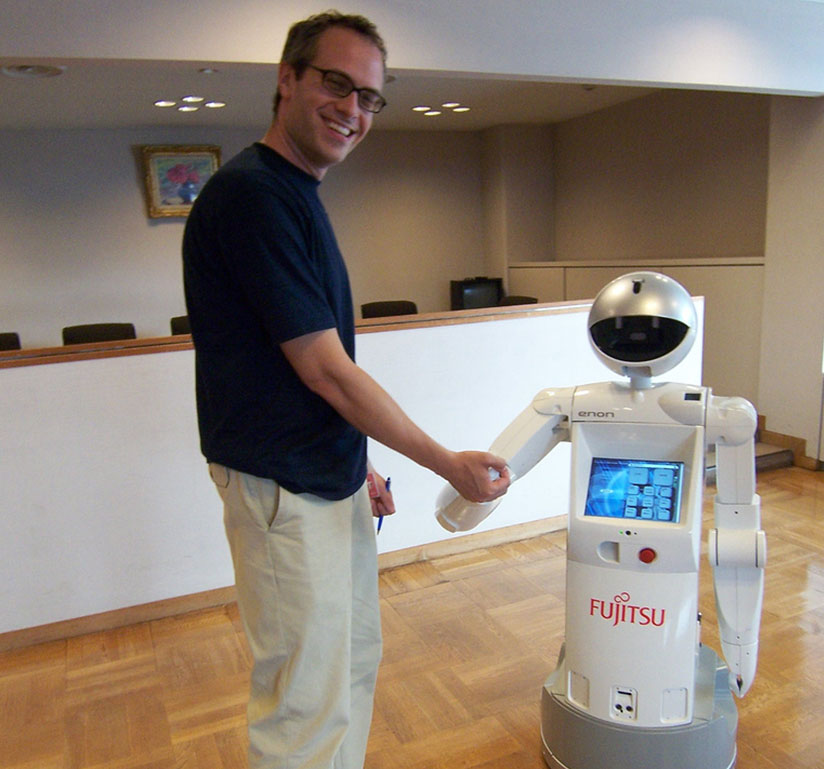 Photo by Ms. President, CC BY-SA 2.0
Photo by Ms. President, CC BY-SA 2.0
Behind the scenes, bots do some of the repetitive jobs so that volunteers don’t have to.
There are almost 2,000 bots approved for use on the English Wikipedia alone, and they even have names. PhotoCatBot helps people find articles that need images.
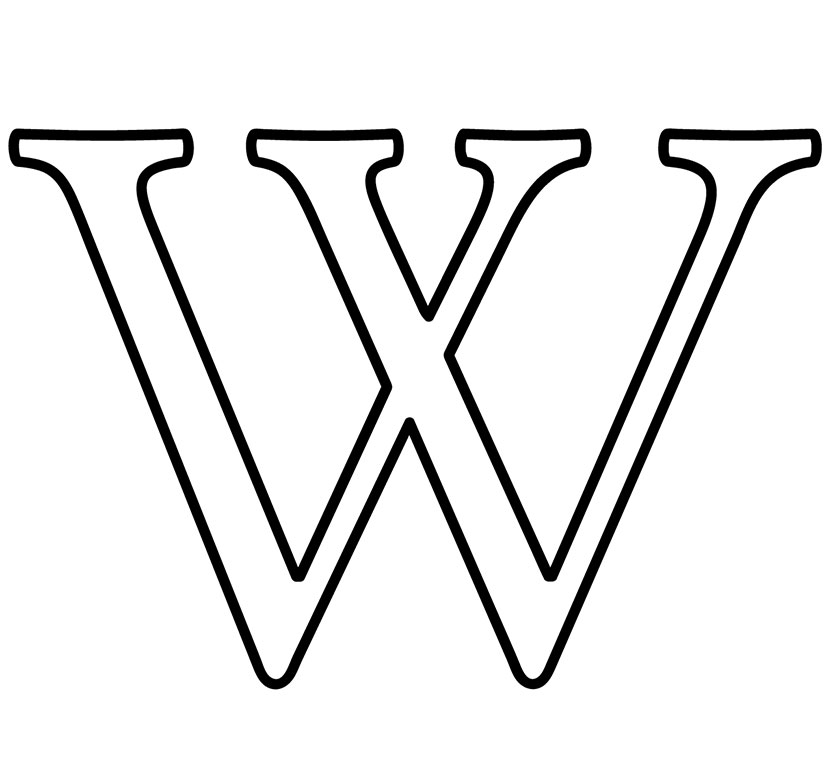
Wikipedia became one of the top 10 websites in the world in 2007.
It’s the only non-profit anywhere near the top.
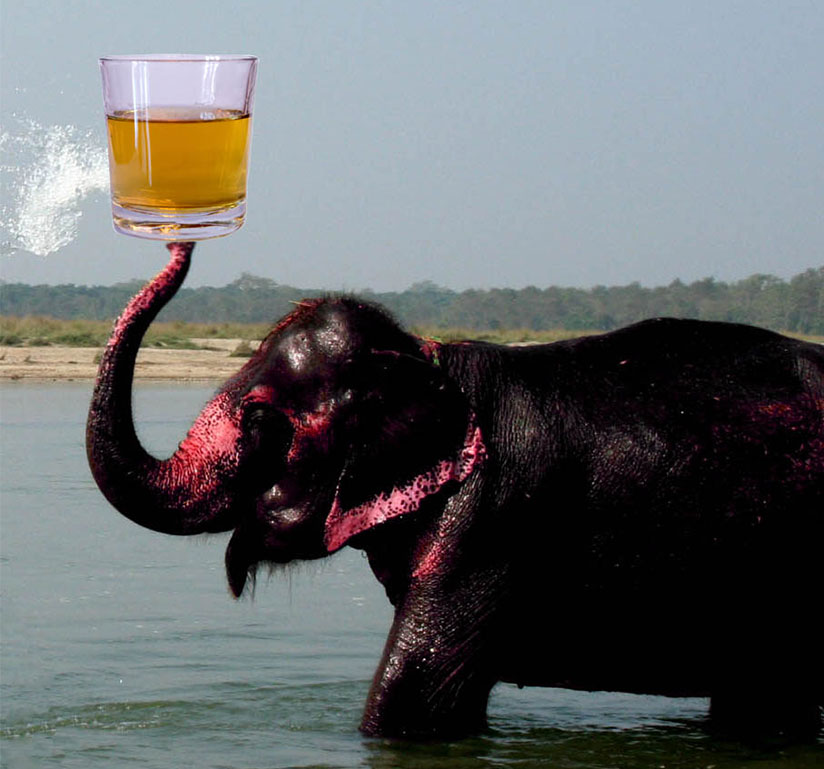 Image by Durova, Wen-Yan King and Chris huh, CC BY-SA 4.0
Image by Durova, Wen-Yan King and Chris huh, CC BY-SA 4.0
People who work on Wikipedia are called “Wikipedians”.
Building the world’s largest database of information with people from all over can be challenging. Wikipedians write rules, guidelines and essays to help other people understand being a Wikipedian. “No angry mastodons” suggests that you shouldn’t edit when you’re hungry or intoxicated.
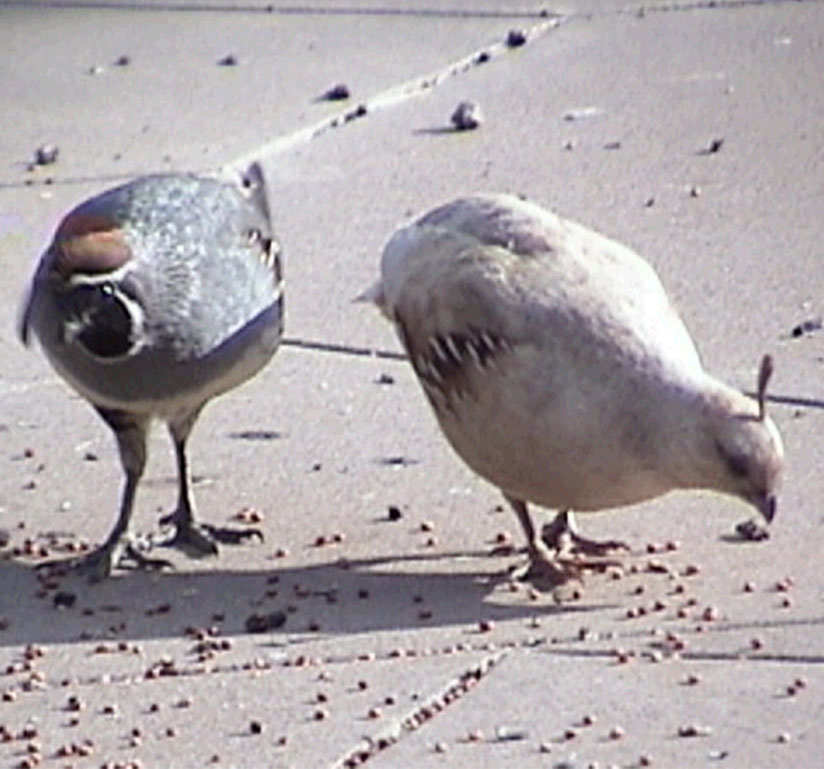 Photo by Node ue, CC BY-SA 2.0
Photo by Node ue, CC BY-SA 2.0
The first photo ever uploaded to Commons was a pair of quail.
…while this scan of the world’s first photograph uploaded to Wikimedia Commons is entirely inscrutable. Speaking of birds and photos, there is such a thing as pigeon photography: “A homing pigeon was fitted with an aluminium breast harness to which a lightweight time-delayed miniature camera could be attached.” (There was even a stamp for pigeon mail. It’s adorable and shaped like a triangle.)
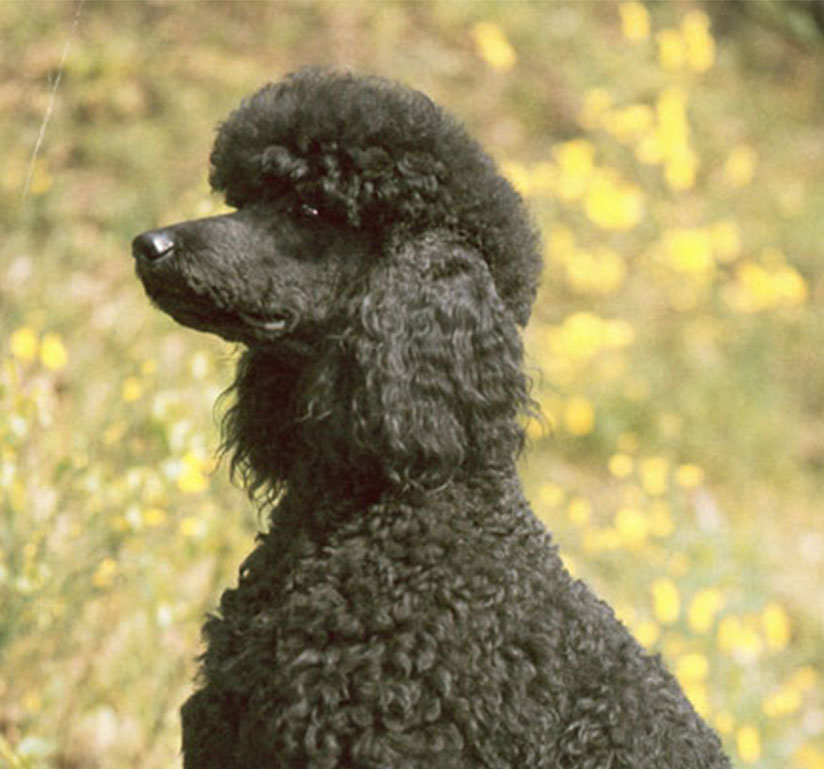 Photo by B. Schoener, public domain
Photo by B. Schoener, public domain
One of the first articles ever written was for the standard poodle.
It simply said, “A dog by which all others are measured.” The English Wikipedia page for poodle is now more than 5,000 words, and includes the many names that people have invented for poodles crossed with other dog breeds: Labradoodle, Poochon, Cockapoo, Spoodle, Maltipoo, Goldendoodle, Schnoodle, Pekapoos, Cavapoo, and Bernedoodle.

Wikipedia helps keep the Internet open and free.
In 2012, the Wikipedia communities blacked out the site to protest SOPA.
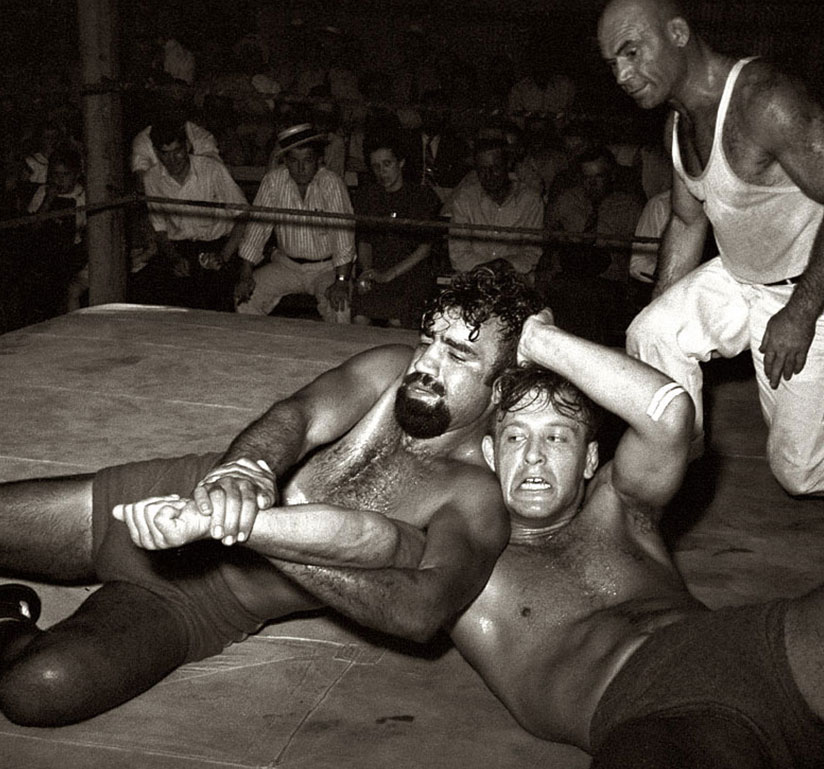 Photo by Russell Lee, public domain
Photo by Russell Lee, public domain
The second-most-edited English Wikipedia article of all time is about pro wrestling.

One of the competition entries for a new Wikivoyage logo was a snake on a magic towel.
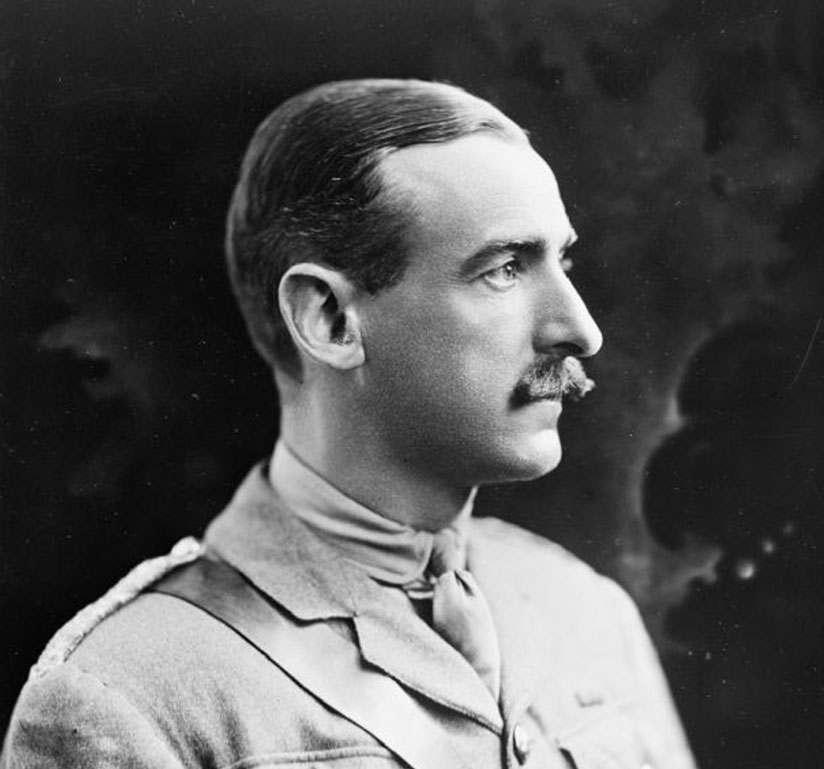 Image by IWM Collections, public domain; text by Wikipedia contributors, CC BY-SA 3.0
Image by IWM Collections, public domain; text by Wikipedia contributors, CC BY-SA 3.0
British army officer Sir Adrian Carton de Wiart’s Wikipedia article has been retweeted more than 3,500 times.
"Lieutenant General Sir Adrian Paul Ghislain Carton de Wiart VC, KBE, CB, CMG, DSO (5 May 1880–5 June 1963) was a British Army officer and recipient of the Victoria Cross, the highest military decoration awarded for valour “in the face of the enemy” in various Commonwealth countries. He served in the Boer War, First World War, and Second World War; was shot in the face, head, stomach, ankle, leg, hip, and ear; survived two plane crashes; tunnelled out of a prisoner-of-war camp; and bit off his own fingers when a doctor refused to amputate them. Describing his experiences in the First World War, he wrote, ‘Frankly I had enjoyed the war.’"
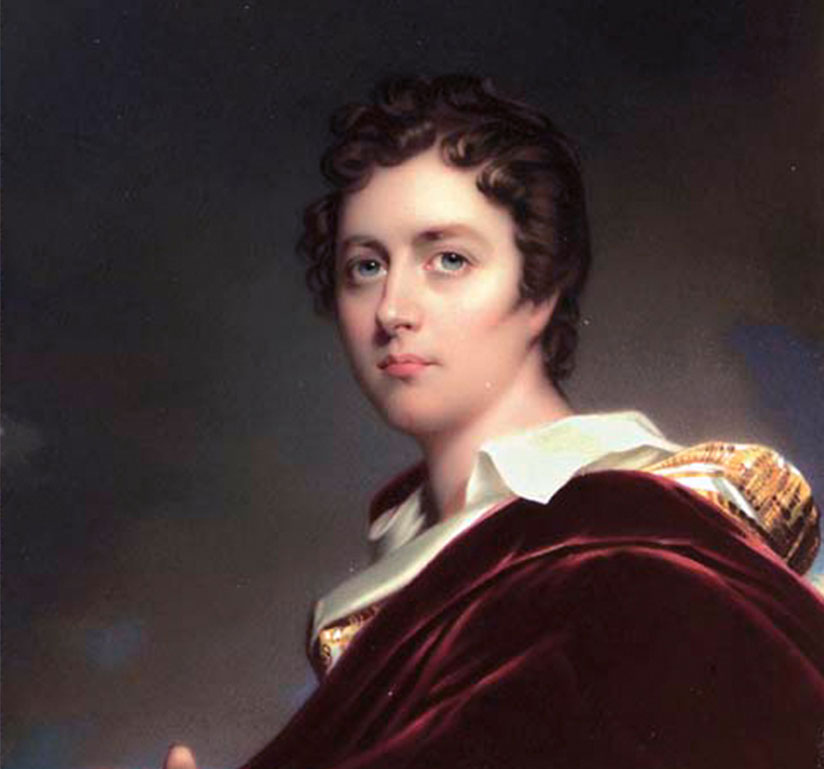 Image by Henry Pierce Bone, public domain
Image by Henry Pierce Bone, public domain
Wikipedians keep lists of controversies and hoaxes on Wikipedia.
One hoax claimed that Lord Byron kept a crocodile and a honey badger as pets. It would not be easy to uncover this hoax—during his lifetime, in addition to numerous cats, dogs and horses, Byron kept a fox, monkeys, an eagle, a crow, a falcon, peacocks, guinea hens, an Egyptian crane, a badger, geese, a heron, and a goat. He took a bear to college when he found that dogs were not allowed.

Researchers can predict the spread of illness from data on Wikipedia.
“Researchers from Los Alamos National Laboratory were able to make extremely accurate forecasts about the spread of dengue fever in Brazil and flu in the U.S., Japan, Poland and Thailand by examining three years’ worth of Wikipedia search data.”
It would take 16 years to read all of English Wikipedia.
And that’s if you didn’t take any breaks, and never slept.


